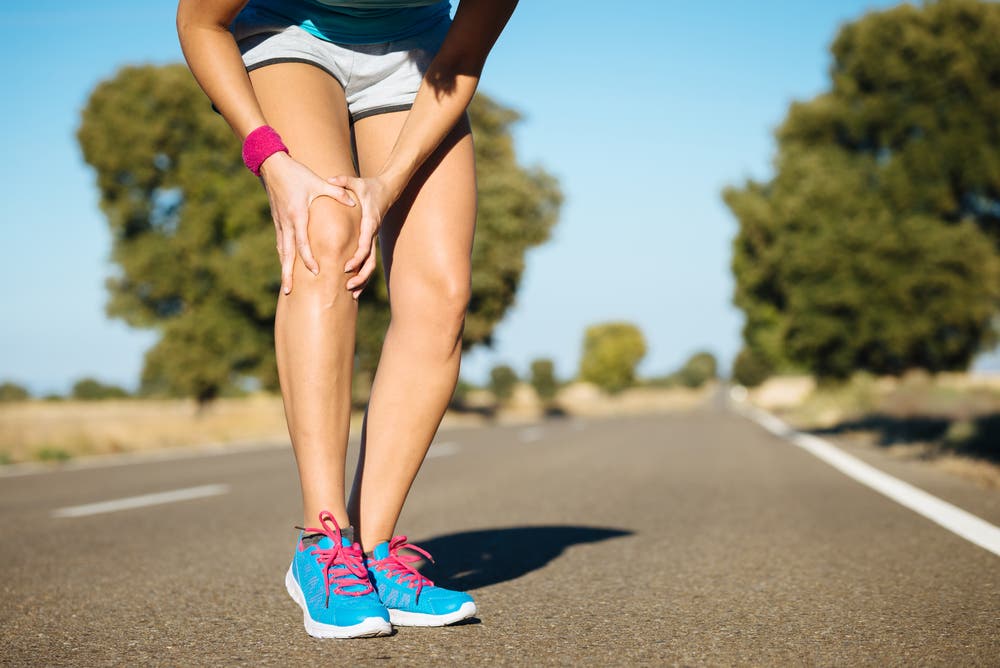Are You Sore Or Injured? Here Are The Clues.

Photo: Shutterstock.com

You’ve been training for months and that little lingering pain continues to nag. Is it normal, or are you on your way to an injury?
A sore muscle here and there is quite common when working out, but sometimes the slightest pains are more than just a new muscle worked. It could be the start of an injury. If you don’t notice the signs early on, you could be sidelined for the season.
To help you avoid injury, Dr. Brad Thomas, founding partner at Beach Cities Orthopedics & Sports Medicine, shares five major warning signs female runners should look out for. If you happen to have one of these signs, Dr. Thomas suggest you to back off and give your body some rest. Hey, you rather take a week off than a full year, right?
Sharp Or Subtle?
Usually an injury comes with sharp, pulsing pain. Soreness usually is a dull pain, but you’re able to move—it just might be uncomfortable to so. Soreness lingers for a day or two. Consider getting a massage and icing the area. If it doesn’t go away after 48 hours, then you should have your doctor take a look at it, suggests Dr. Thomas.
Reoccurring Pain
Sometimes you have a pain when you run, but the pain stops when you finish running. The pain might not show up again for days. If you notice the same irritation in the same spot, then you should go get it checked out. That’s a warning sign that there is something going on. It’s better to back off and rehab that injury that it getting worse.
Night/Resting Pain
For some reason pain worsens at night, which usually leads to no sleep. If you can’t sleep or rest, then your body can’t heal. If you notice throbbing discomfort in the evening or while at rest, you should back off for a bit. Your body needs rest to properly recover. If it can’t, you’ll make the injury worse. You can also try lavender or topical cream (like Tiger Balm) to sooth your muscles and joints. It may help ease your pain at night. But, if it lasts for more than a couple days, go to the doctor.
Affects Your Daily Activities
Usually soreness is tolerable, or can dissipate while in motion—flushing out the lactic acid. If you find that the pain disrupts your normal activities, or bothers you too much to focus, then it’s a sign that there’s more going on than just a sore muscle.
Swelling
Sometimes inflammation occurs after a muscle group has been challenged. Foam rolling, stretching and R.I.C.E (rest, ice, compress, elevate) are ideal exercises to reduce swelling. If the swelling does not go down after two or three days, that’s a sign that there is more damage than just soreness. It’s better to play it safe than let an injury be left untreated—go see a doctor.